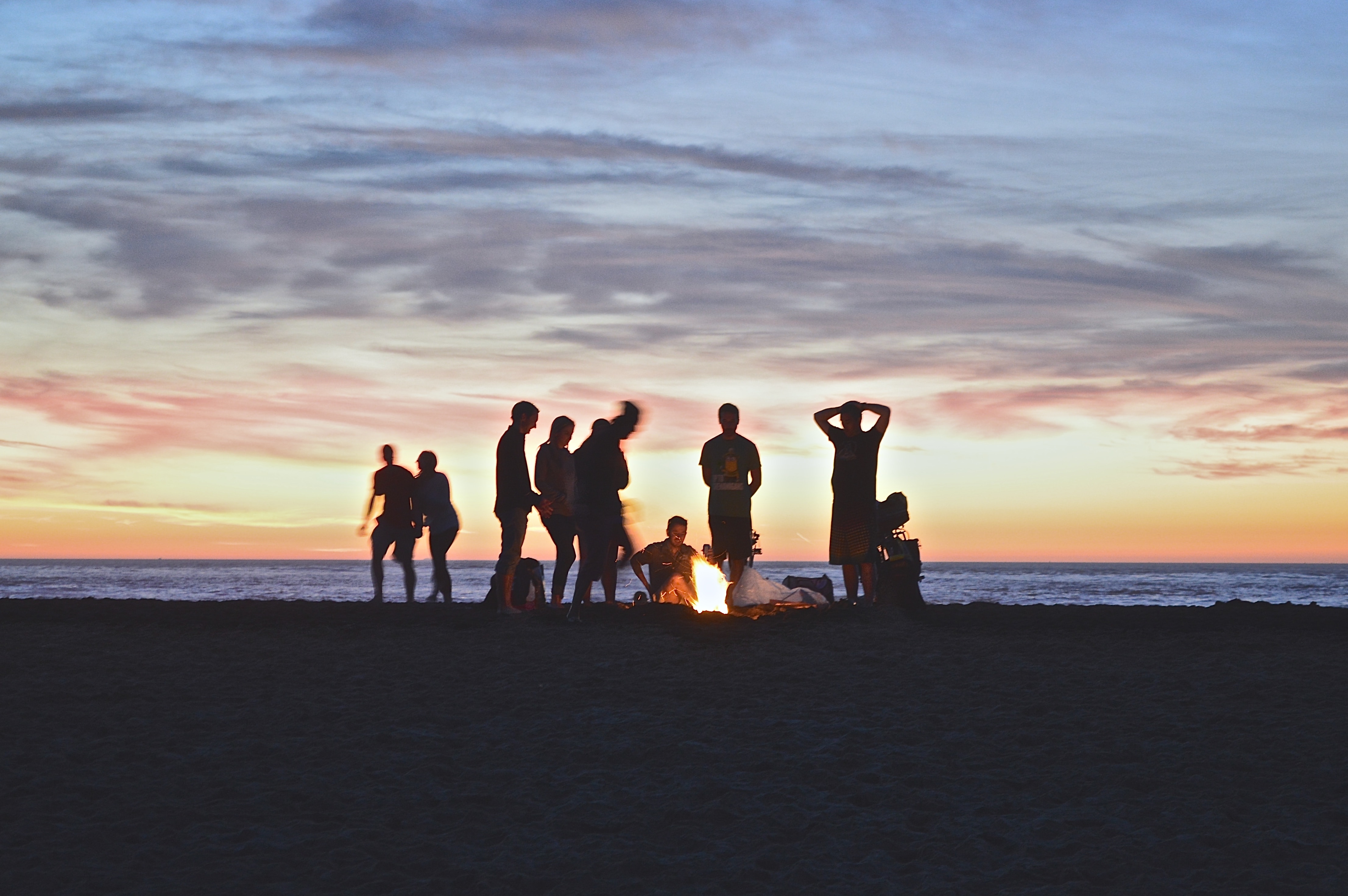In the live-action adaptation of Beauty and the Beast, we see the challenges that isolation and an unhealthy community can cause. “Initially, the most obvious identity under threat is the Beast’s, his crisis stemming from a radical individualism. By pursuing selfish decadence in his youth, he has brought himself under a curse; by acting like a beast, he is condemned to be one. Only when he learns to love and be loved will he return to his former humanity. But the story of Beauty and the Beast is more than a narrative of individual redemption. When the Beast was cursed, the Castle’s inhabitants were cursed as well. In an interesting addition, the new version reveals the Castle’s inhabitants to be both victims and perpetrators. Mrs. Potts admits to Belle that they saw the young prince becoming beastly and did not intervene because they feared his father. In an attempt to save themselves, they sacrificed the young prince. In failing to protect his humanity, they lost their own. As humans, we are at once individual and communal; to be image bearers, we must exist in community with other image bearers. Because of our dual nature, both radical individualism as well as group conformity can jeopardize our sense of self. To lose the individual is to lose our humanity; but to lose community is to lose our humanity as well” (Hannah Anderson, “Becoming Human: How Community Forms Us,” Christ and Pop Culture, March 30, 2017, https://christandpopculture.com/becoming-human-community-forms-us/).





